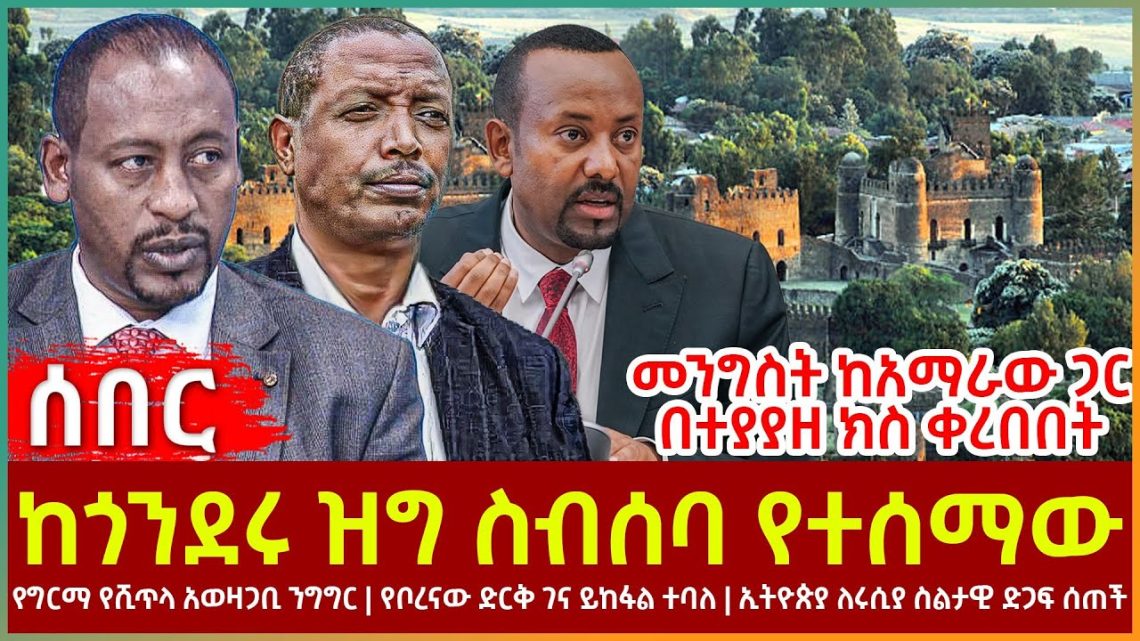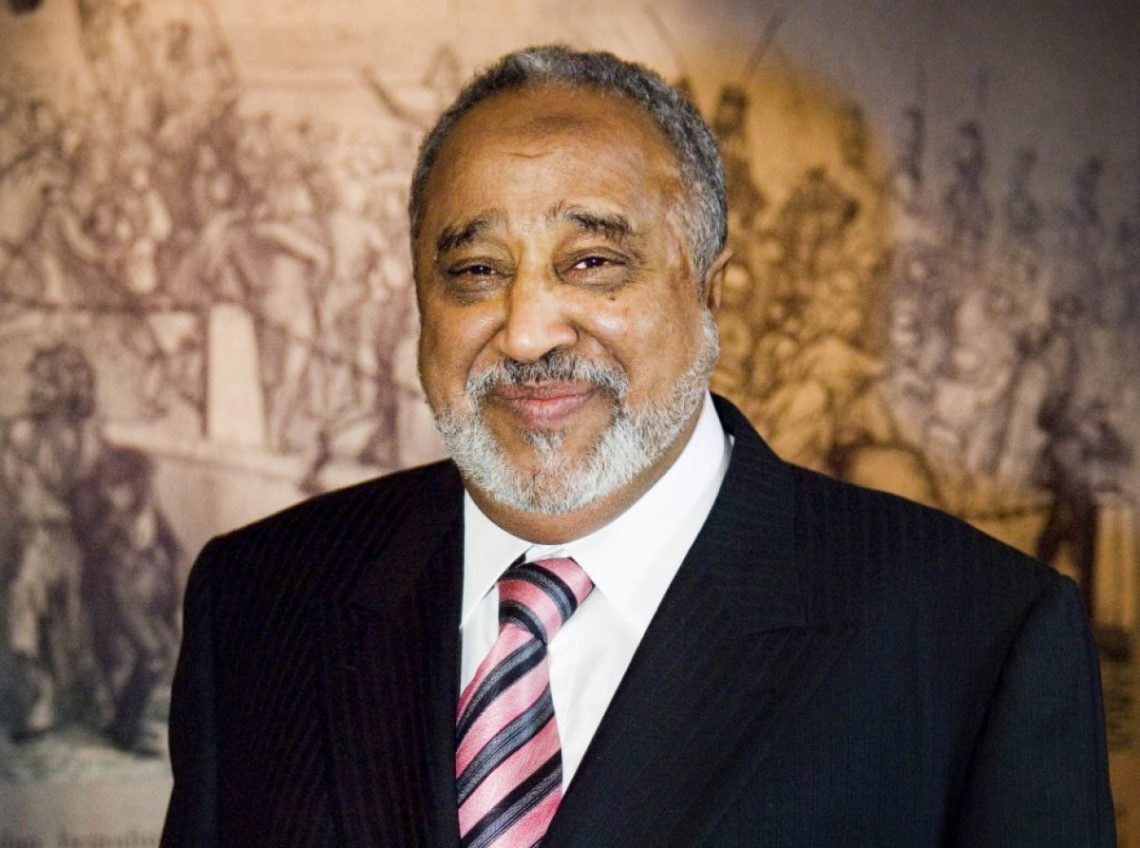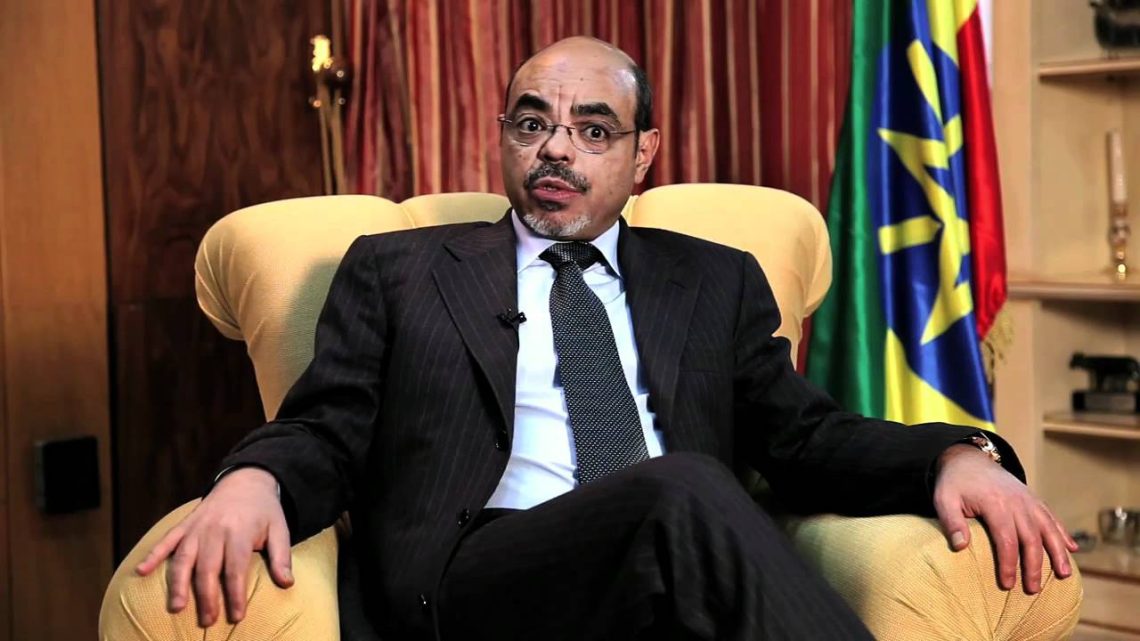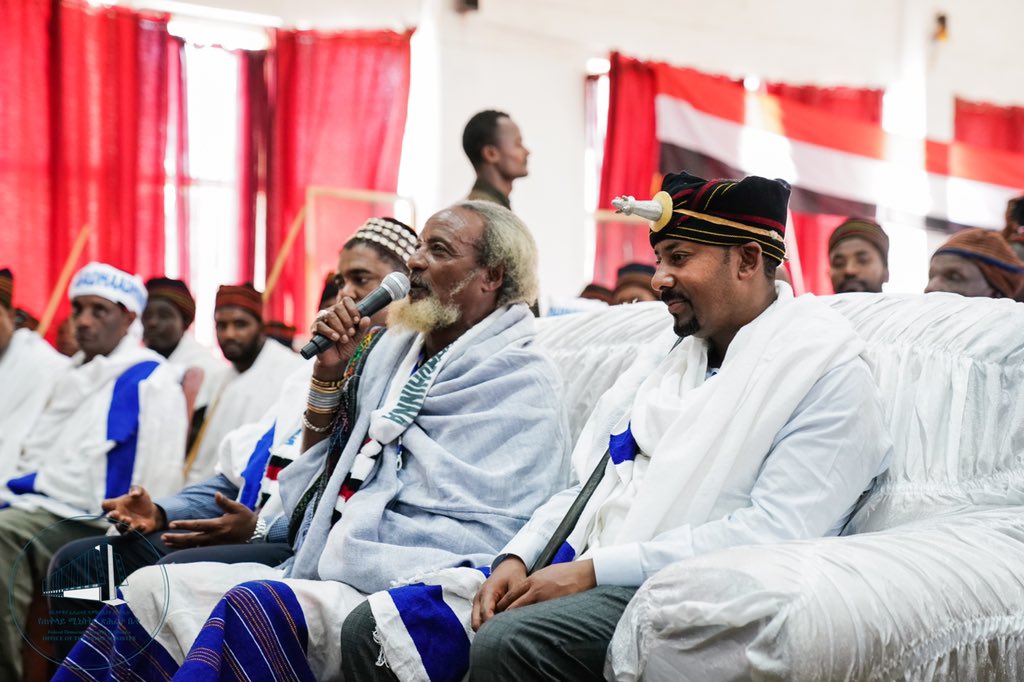Ethiopia is a country with diverse ethnic and linguistic groups, and it has a long history of ethnic conflicts. The Amhara and Oromo are two of the largest ethnic groups in Ethiopia, and their conflicts have been a major source of tension in the country. In this report, we will discuss the conflicts between the Amhara and Oromo in Ethiopia.
Background: The Amhara and Oromo are two of the largest ethnic groups in Ethiopia, with the Amhara accounting for about 27% of the population and the Oromo about 34%. They have a long history of coexistence, but tensions have escalated in recent years. The conflicts between the Amhara and Oromo are rooted in historical, political, and economic factors.
Historical Factors: The Amhara and Oromo have a long history of conflict dating back to the 16th century. During this period, the Amhara, who were the ruling class, tried to expand their territory at the expense of the Oromo. This led to a series of wars and conflicts that lasted for several centuries. In the 19th century, the Amhara defeated the Oromo and established a centralized government in Ethiopia, which was dominated by the Amhara.
Political Factors: In 1991, the Ethiopian People’s Revolutionary Democratic Front (EPRDF) came to power after overthrowing the military government of Mengistu Haile Mariam. The EPRDF was a coalition of ethnic-based political parties, which included the Oromo People’s Democratic Organization (OPDO) and the Amhara National Democratic Movement (ANDM). The coalition was supposed to promote ethnic equality and decentralization of power, but in reality, it favored the Tigrayan ethnic group, which was the dominant group within the EPRDF.
Economic Factors: The Amhara and Oromo are both agricultural communities, and land is a scarce resource in Ethiopia. The government has implemented land policies that favor the Tigrayan ethnic group, which has led to conflicts between the Amhara and Oromo over land ownership. The Oromo have accused the Amhara of taking their land, while the Amhara have accused the Oromo of encroaching on their land.
Recent Conflicts: The conflicts between the Amhara and Oromo have escalated in recent years, with both sides accusing each other of carrying out violent attacks. In 2018, the government of Ethiopia declared a state of emergency in response to the conflicts, and it deployed troops to the affected regions. The conflicts have resulted in the displacement of thousands of people, and there have been reports of human rights violations by both sides.
Conclusion: The conflicts between the Amhara and Oromo in Ethiopia are complex and multifaceted, with historical, political, and economic factors playing a significant role. Addressing these conflicts will require a concerted effort by the government of Ethiopia and other stakeholders to promote ethnic equality, decentralization of power, and economic development. Without a comprehensive and sustainable solution, the conflicts between the Amhara and Oromo are likely to continue, with devastating consequences for the people of Ethiopia.



